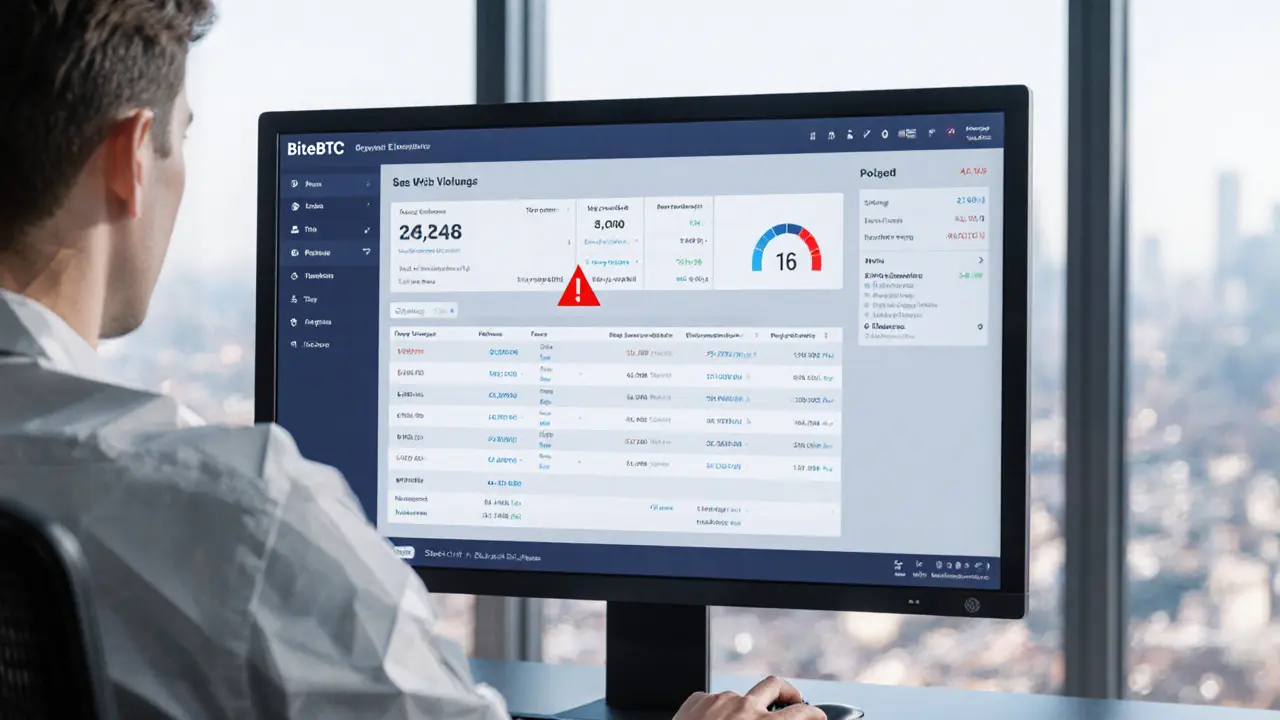Crypto Trading Fees: What You Need to Know
When you hear Crypto Trading Fees, the charges applied each time you buy or sell a digital asset on an exchange. Also called trading commissions, they can eat into profits fast if you don’t understand how they’re built. One of the first things to look at is the exchange fee model, the way a platform decides what to charge for every trade. Whether the model is flat, tiered by volume, or based on maker‑taker rules, it sets the baseline for every transaction you’ll make.
Key components of crypto trading fees
The most common structure you’ll see is the maker‑taker fee, a split where makers add liquidity and takers remove it. Makers usually enjoy a lower rate because they help keep order books healthy, while takers pay a bit more for the convenience of instant execution. This split not only influences your per‑trade cost but also nudges you toward strategies that provide liquidity, like placing limit orders. Knowing the exact percentages – often 0.02% for makers and 0.04% for takers on major platforms – lets you calculate the real cost of any trade before you hit “confirm”.
Switching gears to decentralized exchanges, the fee picture changes. A decentralized exchange (DEX), a platform that matches trades on‑chain without a central authority typically charges a protocol fee (often a flat 0.30% of the trade) plus any gas fees for the blockchain transaction. Because there’s no middleman, you don’t see maker‑taker distinctions, but the cost of gas can spike during network congestion, making DEX trades suddenly pricey. Comparing DEX fees to those of centralized exchanges helps you decide when to go on‑chain for better privacy or token availability versus staying off‑chain for lower overhead.
Beyond the basic rates, most exchanges offer fee discounts based on trading volume, native token holdings, or membership tiers. For instance, holding a platform’s utility token might shave 25% off your maker and taker fees, while high‑volume traders can qualify for sub‑0.01% rates. These discounts directly affect your bottom line, especially if you trade multiple times a day. Understanding how each discount tier works lets you plan whether it’s worth accumulating the native token, increasing your monthly volume, or even switching to a different platform that aligns better with your style. Below you’ll find deep dives into specific exchange reviews, fee breakdowns, and strategies to keep your costs in check.

A thorough BiteBTC crypto exchange review covering fees, user complaints, safety concerns, and safer alternatives for traders in 2025.
- Read More
